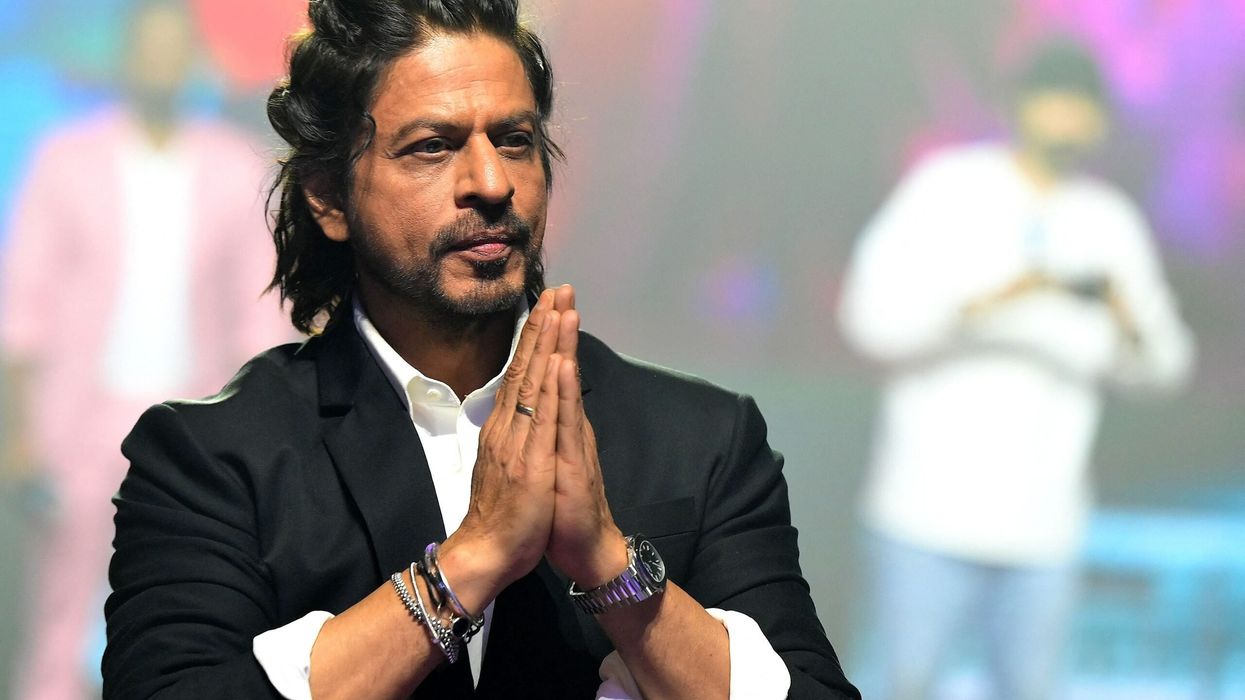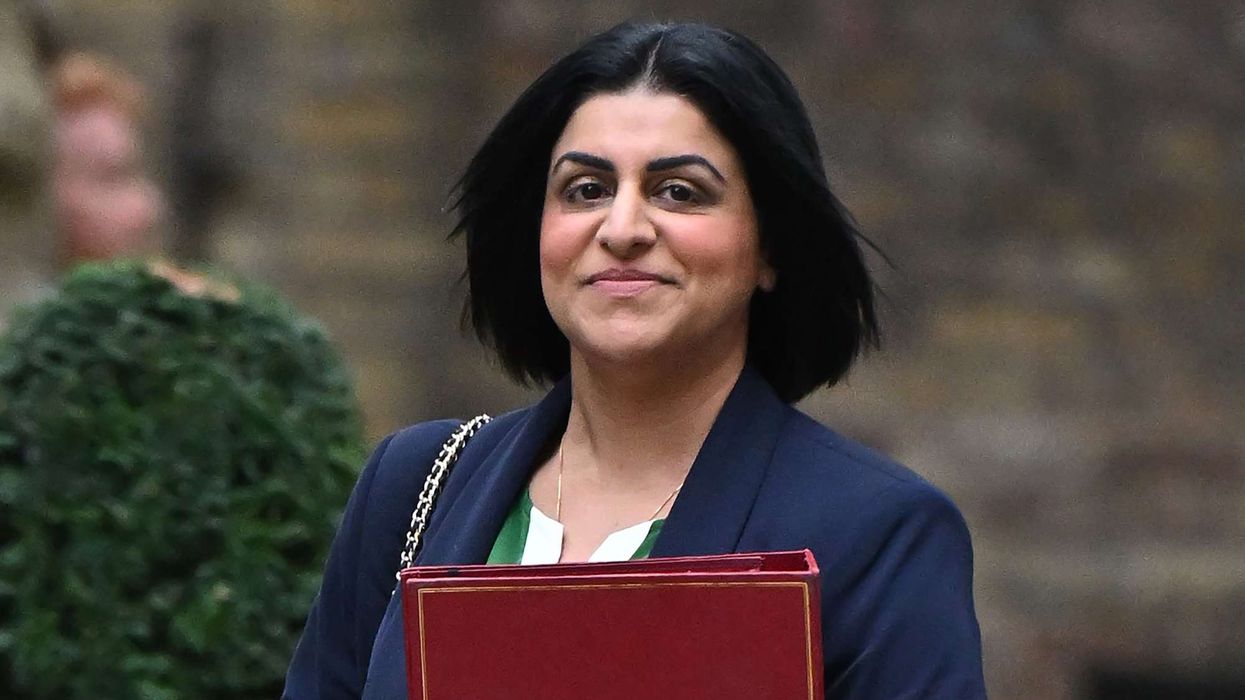By Amit Roy
AFTER the news that actors Irrfan Khan and Rishi Kapoor had died on successive days, when I read that Madhubala had passed away too, I confess my initial reaction was, “Oh, no.”
What was it Shakespeare said in Hamlet? “When sorrows come, they come not single spies. But in battalions!”
But the reference this time was not to the legendary actress, who passed away at the age of just 36 in 1969, but to an Indian elephant, named after the screen heroine, who died, aged 91, at Jaldapara National Park “situated at the foothills of the eastern Himalayas in northern West Bengal and on the banks of the Torsa River”.
According to one report, Madhubala, “a trained elephant who had served the forest department for five decades, had more than one identity. The oldest surviving kumki elephant in the state, the last of a batch of ‘legendary forest guards’, a trusted veteran of many critical wildlife operations; and, in her latest avatar, a watchful and patient mentor to young and adolescent jumbos trained by the forest department.”
“She had been suffering from age-related problems for seven-eight years now,” Ujjal Ghosh, the chief conservator of forests (wildlife, north), said.
The forest department bid her a fond farewell: “Madhubala was born in 1930. She was purchased by the forest department in 1969-70 and has served the park for 50 years, patrolled over different beat areas during half a century of its service and gave birth to eight calves. The park pays tribute to its eldest guard for 50 long years of outstanding untiring service.”
From my late mother, who was born in Assam (as I was), I have heard many an elephant story.
The news of Madhubala also brought to mind a Rudyard Kipling tale in The Jungle Book – Toomai of the Elephants – which I had been taught at school in India. It tells of Little Toomai’s adventures with a big, protective elephant, Kala Nag – rather like Madhubala – who takes him into the forests to see something no human has witnessed before: the dance of the elephants. But that was the magical India of long ago.












